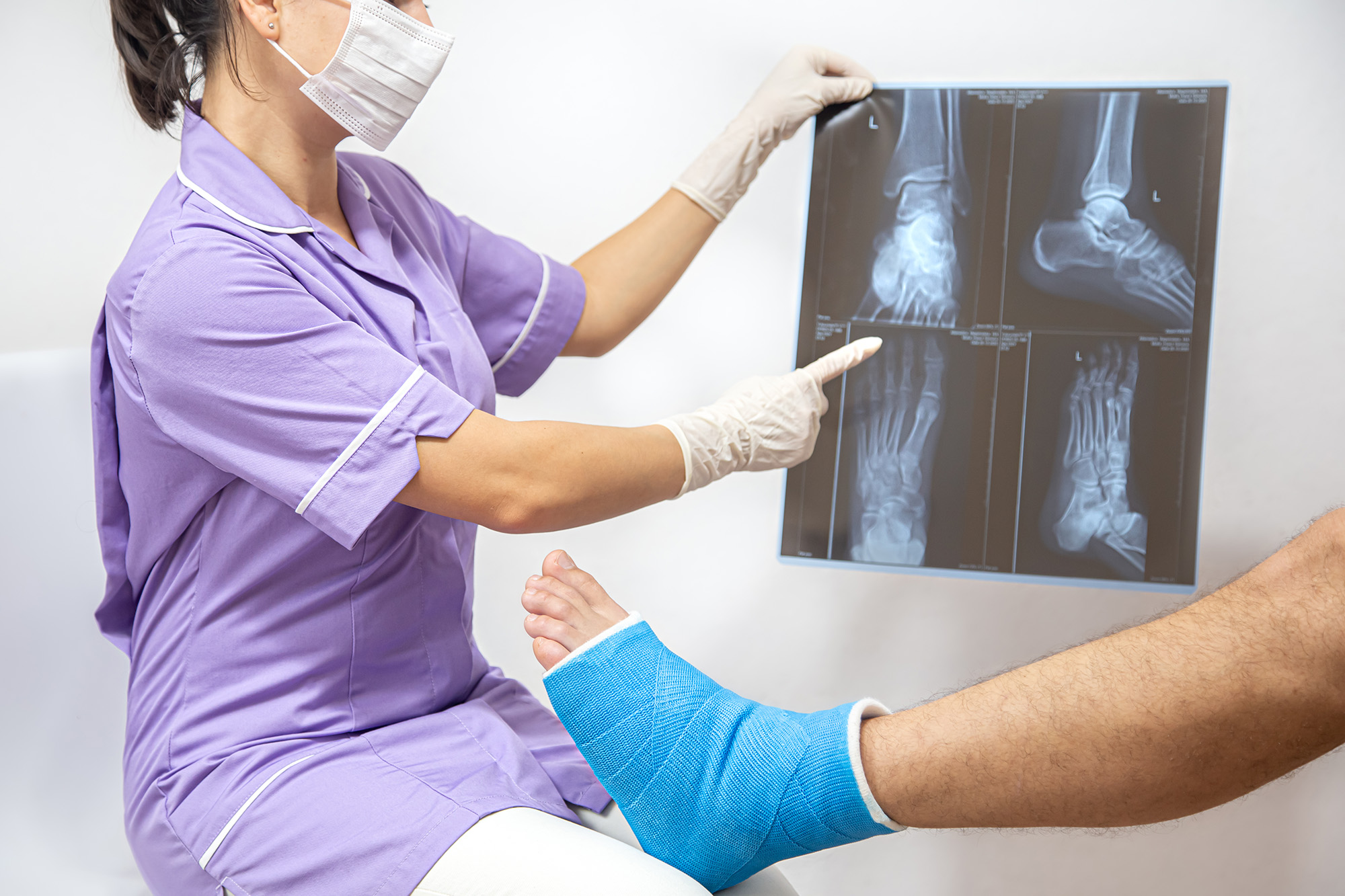How do Bones Grow and Heal?
Bones are hard structures that support our bodies and give it shape. As part of our skeletal system, our bones protect some of our organs, make blood cells, and allows us to move. Throughout childhood, our bones grow to transform us from tiny infants to tall adults. Bones can be broken, of course, but they also have the amazing ability to heal themselves.
So how do bones actually grow and heal? The answers may surprise you.
How Bones Grow
When you were born, you had about 300 tiny bones. By the time you reached adulthood, you only had 206 bones, but your bones were quite a bit larger than when you were a baby. As you grew, many of your tiny bones fused together to create bigger bones.
Many of your other bones went through structural changes as you aged. As a newborn, you had a great deal of rubbery cartilage in your bones, especially in the “growth plates” at the ends of your bones. In a process known as ossification, sturdy bone cells replaced the cartilage cells.
During ossification, layers of calcium and phosphate salts surrounded and encase the cartilage cells. Over time, the cartilage cells died and left behind empty pockets. Blood vessels grew into these spaces and deposited specialized cells into the pockets.
These specialized cells, known as osteoblasts, performed a number of jobs that helped your bones grow. Osteoblasts collected more calcium into the pockets to encase the cartilage cells, for example, to promote ossification. The specialized cells also produced a substance that was rich in collagen fibers that help provide strength and structure to your bones.
When the osteoblasts finished making bones, they flattened out like pancakes to line the surface of your bones. The osteoblasts also regulate the amount of calcium flowing in and out of your bones, so your bones remain strong throughout your life.
Bones grow from the ends
Back to the growth plates we mentioned earlier – in long bones, like those in your arms and legs, the ossification process begins in the center of the bone and continues towards the ends, which allowed your bones to grow in length. The cartilage in the growth plates continued to grow as your bones grew. If you are like the average person, the ossification process continued until you reached your mid-20s, when your bones were as long as they were ever going to be.
Your bones continue to change and renew themselves throughout your life. Your body replaces old bone tissue with new bone tissue, in a process known as remodeling. Specialized cells, known as osteoclasts, break down old bone tissue; osteoblasts then spring back into action to create new bone tissue. Bone remodeling with osteoclasts and osteoblasts also help broken bones heal.
How Bones Heal
While bones are strong, they can fracture (break). A fractured bone goes through stages stages to heal itself. First, the body protects the injured area by forming blood clots and calluses around the fracture. Osteoclasts move in to absorb bone cells killed by the fracture, thereby making space for the formation of the new bone cells created by the osteoblasts. In time, these new bone cells help heal the fracture.
For more information about how bones grow and heal, talk with your orthopedic doctor. The more you know about your skeletal system, the better you can care for your amazing bones.


